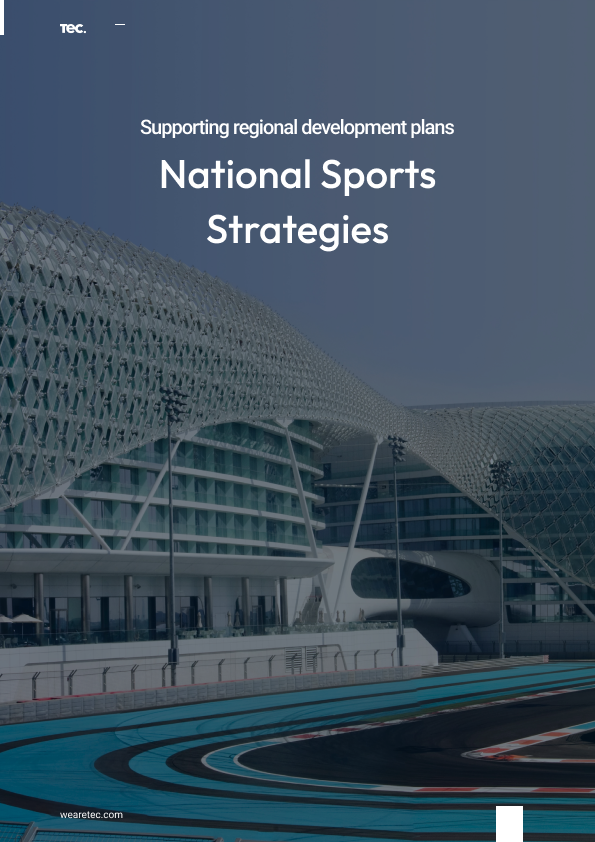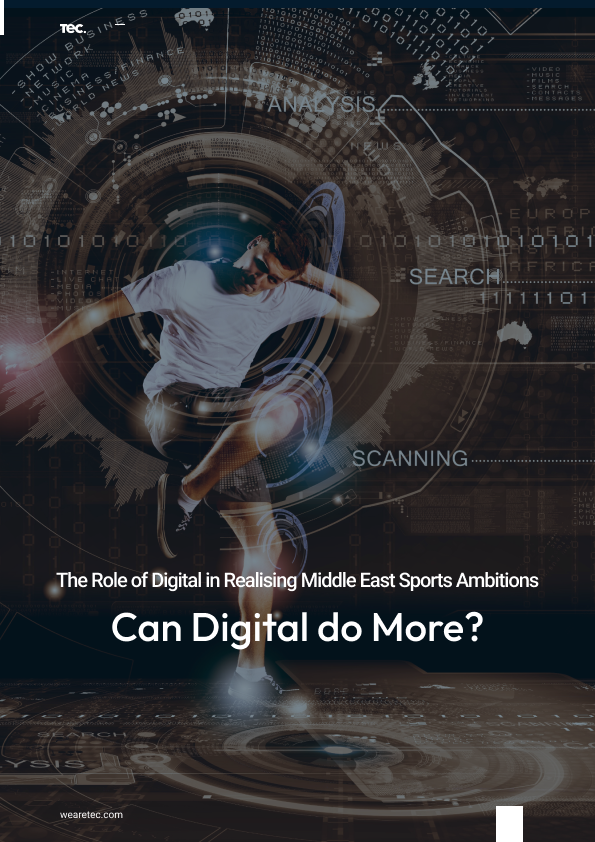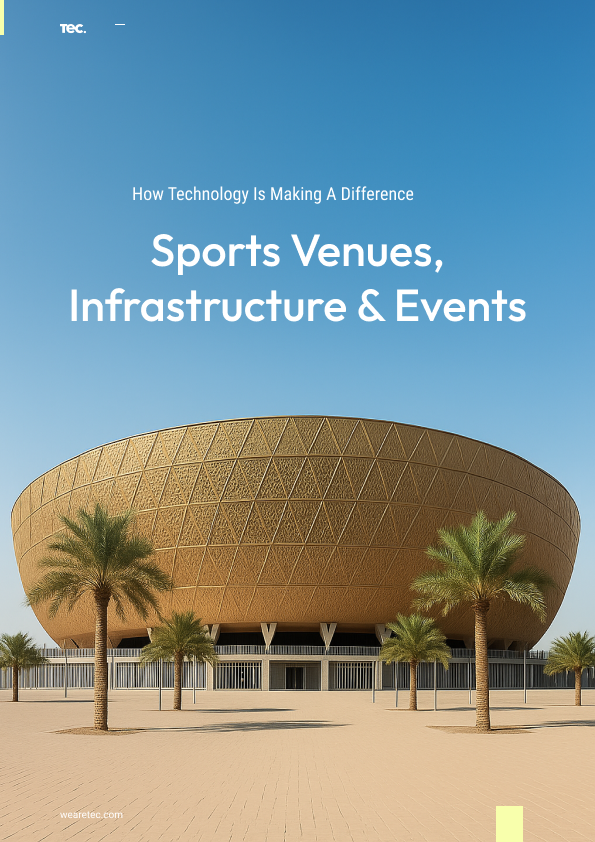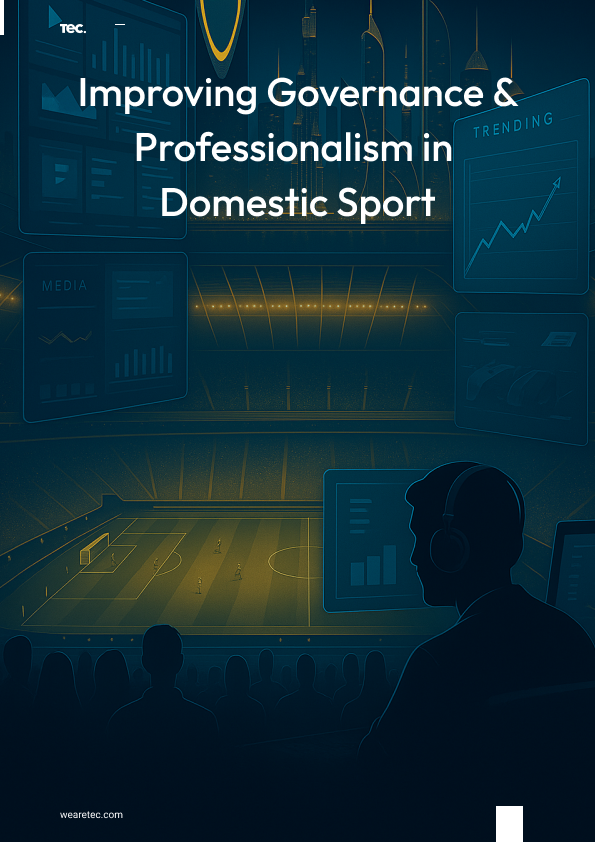In Europe, the sporting summer is upon us. We’ve said goodbye to football for another season (or at least until the Women’s World Cup kicks off in July!). The Ashes and Wimbledon are underway and we’re looking forward to golf’s most prestigious event, The Open Championship. All these competitions – and those to come later in the year, like the Ryder Cup and the Rugby World Cup – require an increasingly nuanced level of digital delivery, both in terms of the live, on-site event experience and the one experienced by millions of fans, at home, all over the world. The on-the-day execution for these events takes months and months of detailed planning.
As we reach the final stages of our preparations with The R&A for The 151st Open, we’ve reflected on our work together spanning seven years and the learnings we’ve taken from this and other live events we’ve worked on. We’ve condensed these learnings into “The TEC List” – our preparation checklist for the digital delivery of live events.
1. Prioritise scalability
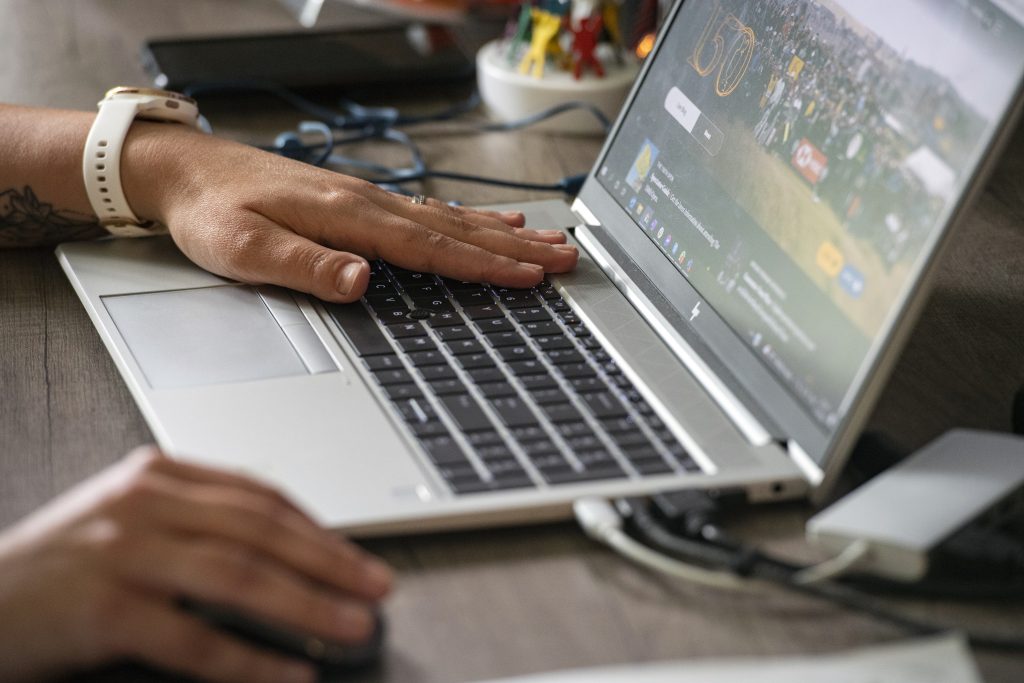
Scalability is vital when building a digital platform for sports. Downtime has a huge negative impact on fan experience – you can have the best website in the world, packed with clever features but, if it cannot cope with the surge in visitors around the event, then it’s worthless! This is a particular consideration with sports matches and tournaments where the traffic levels can soar to 100 times the monthly average. For sports event sites, we recommend using scalable, cloud-based solutions that can handle high volumes of simultaneous users without compromising performance.
Make sure you have done your research to understand the potential peaks and make sure you have load tested based on these estimations. Employing this approach when building TheOpen.com website for The R&A, allowed TEC to deliver 100% uptime throughout the tournament each year.
2. Onsite vs remote support – strike a balance
Create a blended support team to maximise response times and minimise costs.
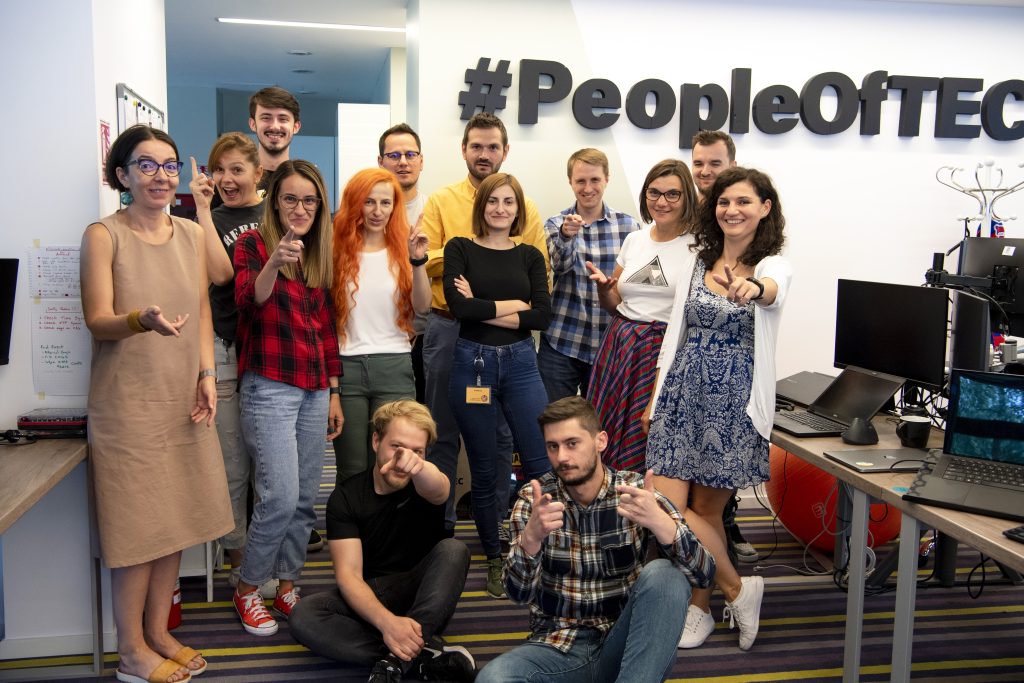
Having a skilled support team onsite during live events is crucial for ensuring that immediate technical assistance is on hand if required. If something significant does occur, the event organiser needs to know that it can be directly addressed without delay. However, routine maintenance and troubleshooting can easily be handled by remote support teams, which require less investment and resources to operate. Remote teams don’t require additional office space, hardware, catering or accommodation and utilise familiar surroundings to deliver support as part of an extended team.
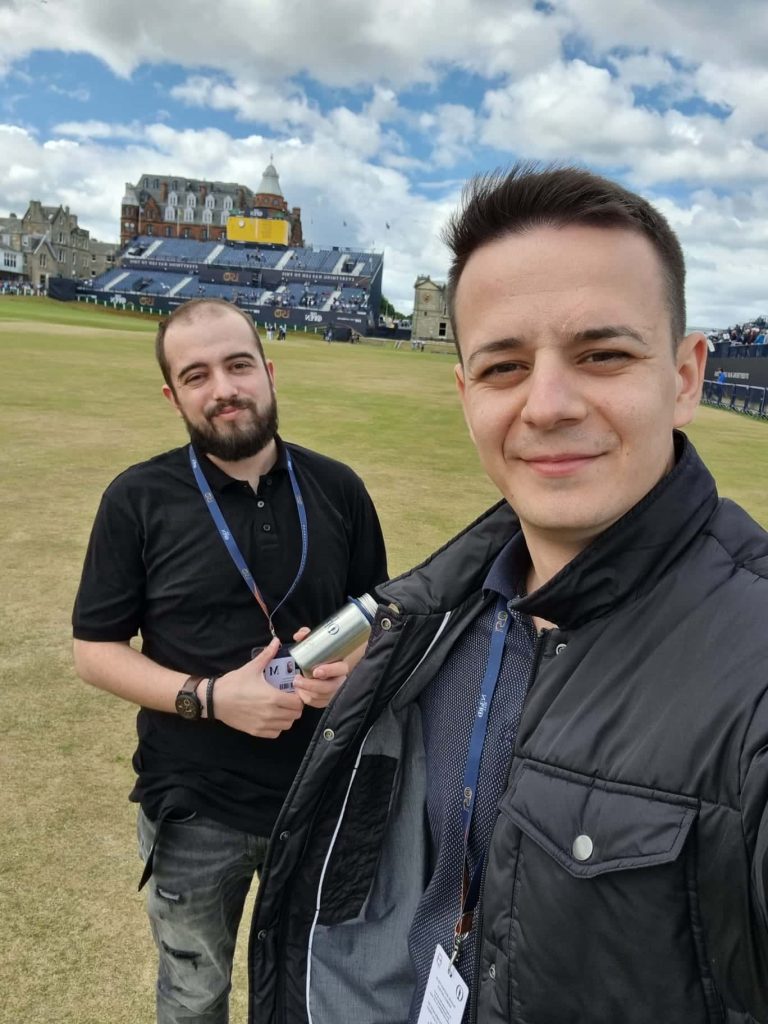
We recommended this approach to The R&A for The Open Championship. For the week of the tournament, we provide a 2 person onsite team, that works alongside The R&A’s digital staff, backed up by a 12-person team operating out of TEC’s offices in Cluj. This is a dedicated remote team, focused solely on the event giving the organisers a comprehensive skilled support resource, capable of addressing a range of digital requirements for a fraction of what it would cost to host the same team onsite.
3. Multiple teams. One Goal.
Clear cross-team communication drives the delivery of successful digital platforms.
The digital experience of any sports event involves numerous technology providers, agencies, sponsors and of course the rights holders themselves. Each one is an important cog in the machine that delivers the digital experience, both at the venue and at home, and clear communication is the oil that keeps it working smoothly. The digital platform team needs to develop an ongoing dialogue with the organiser and the network of stakeholders involved parties to ensure there is alignment on project goals, delays are minimised, and overall efficiency of service is enhanced.
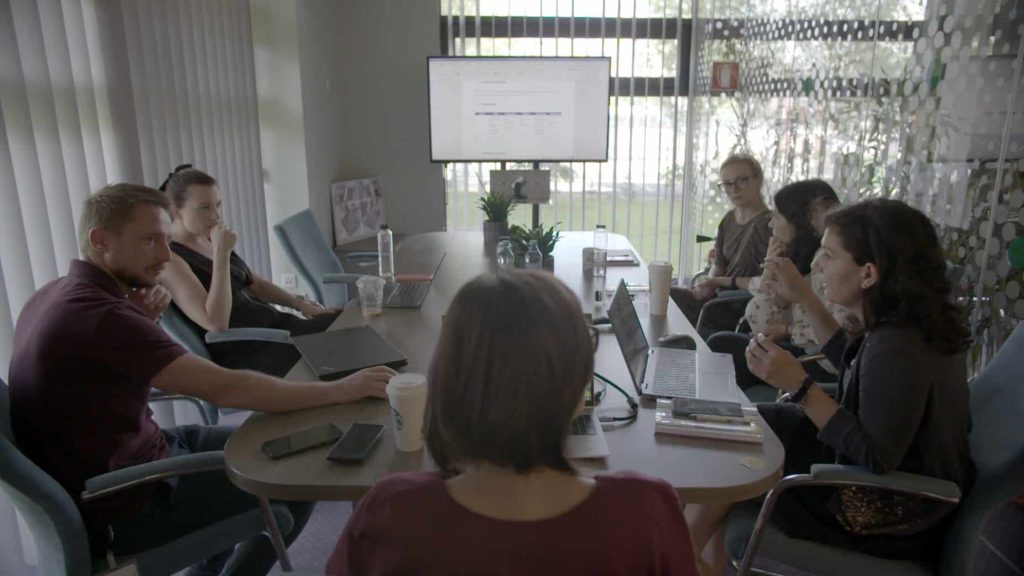
Developments with video calling and remote communications make it easier to maintain these regular lines of communication, but we recommend committing to a number of face-to-face interactions, to help you deep dive collectively into key stages of preparation/development. This can also build a rapport that can help future remote meetings run more smoothly. We have adopted this approach with a number of event clients, including a major sports federation where we ran discovery workshops at their offices and hosted their senior team in Cluj to refine our service offering.
4. One size does not fit all
Customise digital platforms to the needs of different stakeholders to optimize their experience.
From the media and VIPs to fans and the athletes themselves, different stakeholders have different requirements, in terms of the digital platforms they use at sporting events. Never assume that one app or website can be used for all. Take time with the event organiser at the beginning of preparations to analyse the needs of each stakeholder group and how these can best be met digitally.
Working alongside The R&A in the buildup to The 149th Open Championship, it was agreed that global media coverage of the event would be facilitated by a dedicated Virtual Media Centre (VMC). We built a new fully responsive platform for the event which gave journalists who could not attend full access to interviews, highlights, photos, transcripts and scoring statistics while also ensuring that those who walked the course could access a myriad of content to enhance their experience. With speed of access to content a priority – the platform allowed users to set content alerts such as individual players, so journalists could, in turn, feed their audiences. The VMC enabled more than 10,000 images, videos and interview transcripts to be downloaded during The Open Championship, ensuring golf fans got the best possible coverage.
5. Don’t forget the folks at home!
Use digital platforms to bring the action to fans around the world.
You can’t beat the experience of live sports but for most people, it’s just not possible to catch the action in person, and with some sports like golf there’s a ton of action you miss even if you’re there! With interest increasingly global, there is a pressure on the rights holder to ensure they offer streaming capabilities to connect fans to the action remotely.
When implementing streaming technologies, there are two primary considerations that need to be looked at in conjunction. Firstly, rights holders need to ensure the streams operate according to the agreed territorial broadcast rights and a strict set of rules needs to be applied to ensure that the right content is streamed in each territory. Secondly, the streaming service needs to fit seamlessly into the rights holders existing digital experience. It is important here that rights holders consider how rights restrictions will impact the presentation of content in different territories – for example, you don’t want to offer a video player in territories where video can’t be streamed.
Our advice here is to think carefully about the regional presentation of content, setting up different landing pages as necessary to ensure the quality of experience is maintained and proactively monitoring to make sure the experience is up to standard and that rights restrictions are being upheld.
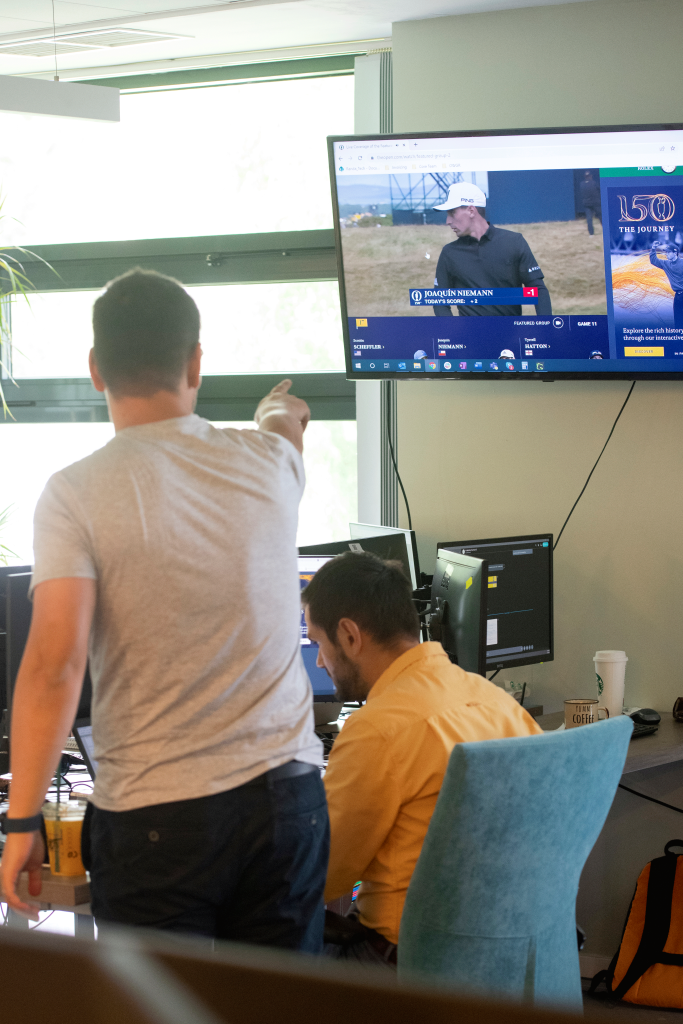
6. Enhance access, enhance the experience
Embrace the opportunities digital ticketing can bring but be alert to the pitfalls.
Digital ticketing and digital identification systems have revolutionised the way fans can access sporting events reducing queue times and ticket fraud and improving data capture in the process.
It’s vital for rights holders to have a clear digital access strategy that incorporates these different elements into a secure solution, but which also is mindful of the potential pitfalls – for example, issues with the ticketing app or with venue wifi / mobile connectivity can negate any benefit the digital platform provides so we recommend a hybrid approach where digital access is supported by the more “analogue” option to print the ticket. Also, communicate with attendees in advance to highlight if there might be connectivity issues.
7. Look to the future
Optimise platform analytics to provide insights that can shape the future fan experience.
The platforms that deliver the digital experience for fans also provide a digital picture of fan behaviour and the process of capturing and analysing fane engagement data is key to understanding their buying triggers and preferences. It is vital that platforms used by the rights holder have comprehensive analytic options that can be leveraged to track interactions and gain valuable insights into fan behaviour and trends.
This information can help the rights holder refine the fan experience – and commercial returns – at future events through lookalike modelling but also enable a more targeted, more personalised level of engagement. We recommend taking the time to evaluate the built-in analytics package provided with the content management systems used – ask yourself: Does it provide the range of data queries needed? What other analytic platforms are being used by the rights holder? Do they need to be integrated? Evaluating the analytic capabilities upfront will ensure the rights holder gets the data they need from the platforms you have built.
